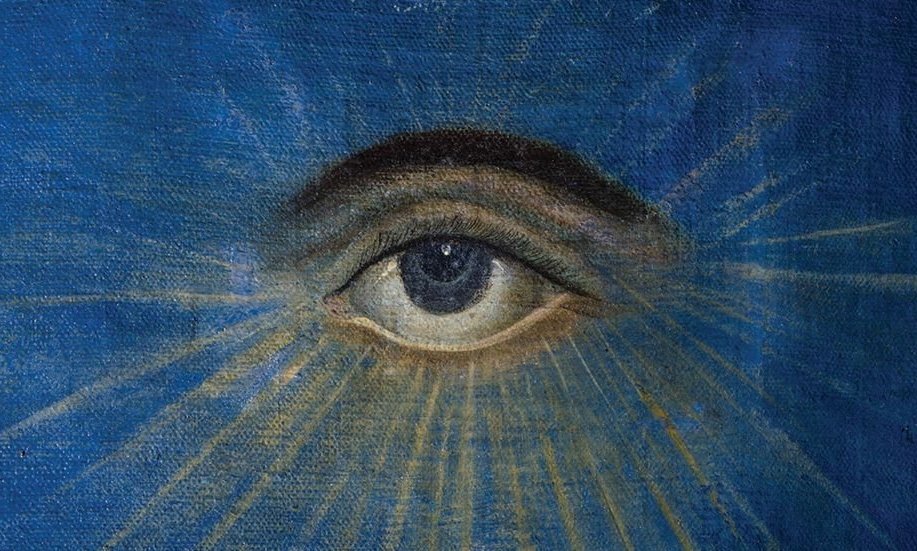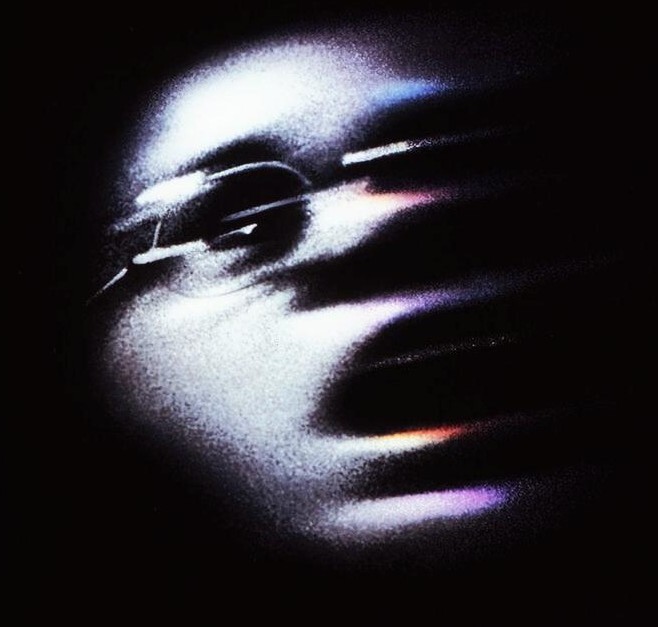“Fish are really old and that fucks my shit really bad.”
~H.P. Lovecraft
“Also race mixing.”
“My cat is called N-…”
The gamer word, Nintendo
Sharks are older than cringe

counterpoint: this cringe ass nerd
Why did he do it?

Sharks are also older than this cringe ass nerd (depending on what you count as a shark).
My definition of what counts as a shark is entirely dependent on my shitpost being correct

it’s a 1.5 billion-year-old starsharks are 300 million years old at best, if you date them to their ancestors in the Permian periodidk anything, ignore me, I’m just a simple, ill-tempered sea bass
Polaris Aa is only 60 ish million years old, polaris Ab is under 500 million. Polaris B is the 1.5 billion years old one. Polaris A is the vastly brighter of the three and is typically what people mean when they refer to the three stars.
Also re: the age of sharks, 300 million is a low estimate. It’s like 300 to 420 million, depending on how you define a shark.
- Heh.
I’ve always wondered what itsb stood for.
you’re invited and encouraged to create your own meanings, here are a few to get you started:
ignorant, terrified, scrawny bastard
illustrious truly sexy beach
ingrown toenail stuff bad
inguinal tear salve book
ibbit-ibbit tweet-tweet soooooweeee bokbok
deleted by creator
It is up. Like, it is the most up a thing can be.
Its not directly up tho, polaris’ degree off-horizon is equal to your latitude. The star at up-most zenith changes contantly.
 you should post the most zenith star to you right now
you should post the most zenith star to you right nowPosting from my series of orbital satellites that stay fixed to the north star
Ulysses cameo
The stars we see with just our eyes in the night sky are mostly all incredibly huge, bright, short lived stars. Betelgeuse is only 10 million years old, having formed well after the extinction of the dinosaurs. It’s already on death’s door, and could explode at any moment now (speaking on geological time-scales)
The youngest neutron star is 37 years old.
i hope they called it Jimmy
Polaris hasing always been “The North Star” earths axis has a bit of a wobble on the timeline of thousands of years. In 4700 B.C. the North Star wars a star named Thuban.
~300 to ~400 million years ago - wasn’t the placement of all the stars in the night sky entirely different from the POV of earth?
-–
I made an edit.
I think (but don’t know, I’m not an astronomer) the ancient Greeks and Egyptians saw a different sky than we do because of the orbit around the center of the galaxy. I’d have to look it up, but that might have changed how constellations looked.
I do know in the far future (like several billion years), stars will be farther apart in the sky and eventually as the universe expands, you won’t see anything except pitch black. It’s spooky stuff ._.
The more noticeable cause of the sky looking different for the ancient Greeks would be due to precession instead of Earth’s orbit around the Galaxy. Precession is Earth’s “wobble”, the “rotation” of Earth’s own axis of rotation. Like how a top wobbles around as it spins. It takes about 26,000 years for the Earth’s axis of rotation to make “wobble around” in one cycle. So this is the larger cause of the night sky, and the pole star, looking different for the ancient greeks. But this impacts the apparent position of all stars in the sky. So Ancient Greeks could see certain constellations that are currently too far below the horizon for their contemporaries. The positions of these constellations have changed.
Earth’s or the solar system’s orbit around the galaxy takes about 230 million years, so this would have less of an impact.
But there would be some differences.
The stars are moving though as they orbit around the Milky way. Some stars move much fast than others and their individual positions could definitely change over thousands of years. From Universe Today
When a star is moving sideways across the sky, astronomers call this “proper motion”. The speed a star moves is typically about 0.1 arc second per year. This is almost imperceptible, but over the course of 2000 years, for example, a typical star would have moved across the sky by about half a degree, or the width of the Moon in the sky.
Neat! I thought I was remembering stuff somewhat, TY for posting.
stars will be farther apart in the sky and eventually as the universe expands, you won’t see anything except pitch black.
I once went to a Wikipedia page with a title like “the far timeline of the universe” or something. Putting it poetically - I think it was that the stars go out on earth in ~100b years.
-–
Ninja edit
100–150 billion The Universe’s expansion causes all galaxies beyond the former Local Group to disappear beyond the cosmic light horizon, removing them from the observable universe.
I guess Windows 1087 won’t allow you to reconnect to Local Group unless you have Windows 1087 Pro.
The far future is truly Lovecraftian and hard to fathom. Eventually star formation will cease, most of the timespan of the universe will be the “dark era” where black holes slowly evaporate due to Hawking Radiation. Then there will only be light, and when there is only light then time itself ceases to exist as a meaningful construct. Space, too, perhaps. Then there is an alternative, even longer ending, if it’s possible for light itself to decay.
Then there is an alternative, even longer ending, if it’s possible for light itself to decay.
Rage, rage against the
dyingdecaying of the light.
Semi unrelated but I really love futuretimeline.net for stuff like this. In the shorter term they try to make predictions on a human scale but the extreme long term is all astronomical stuff since it’s the only thing that can be predicted millions of years in the future
Some were, some weren’t. There are plenty of stars in the sky that are billions of years old
Polaris has a few stars in it, the big one is apparently only about 60 million years old.
where are they hiding the south star tho?
Thought this was about DSA
























